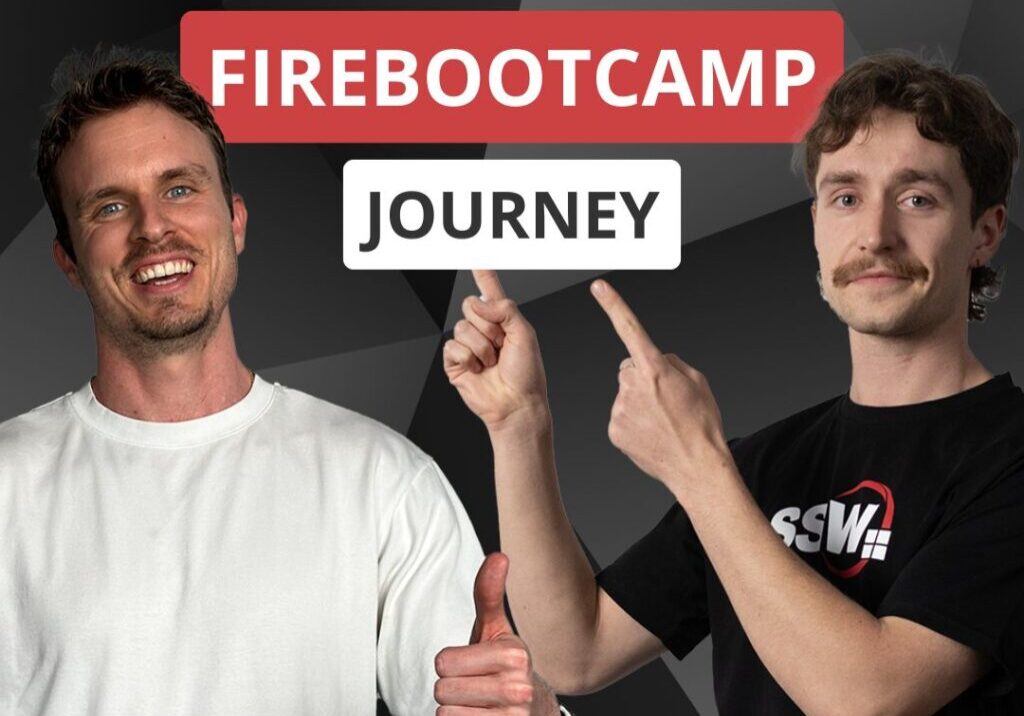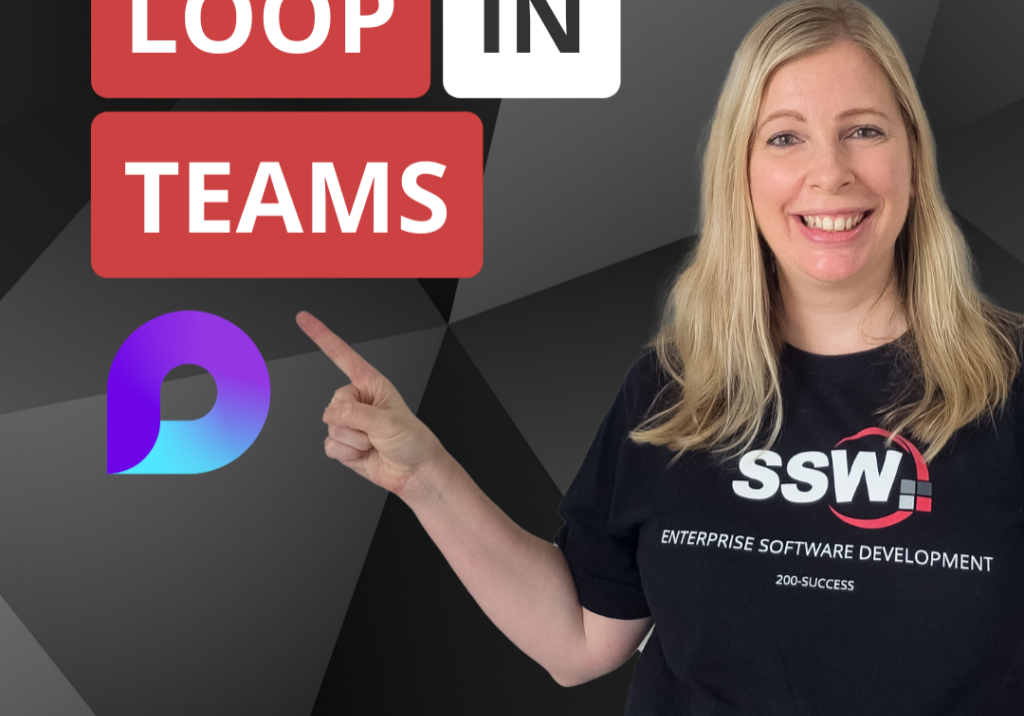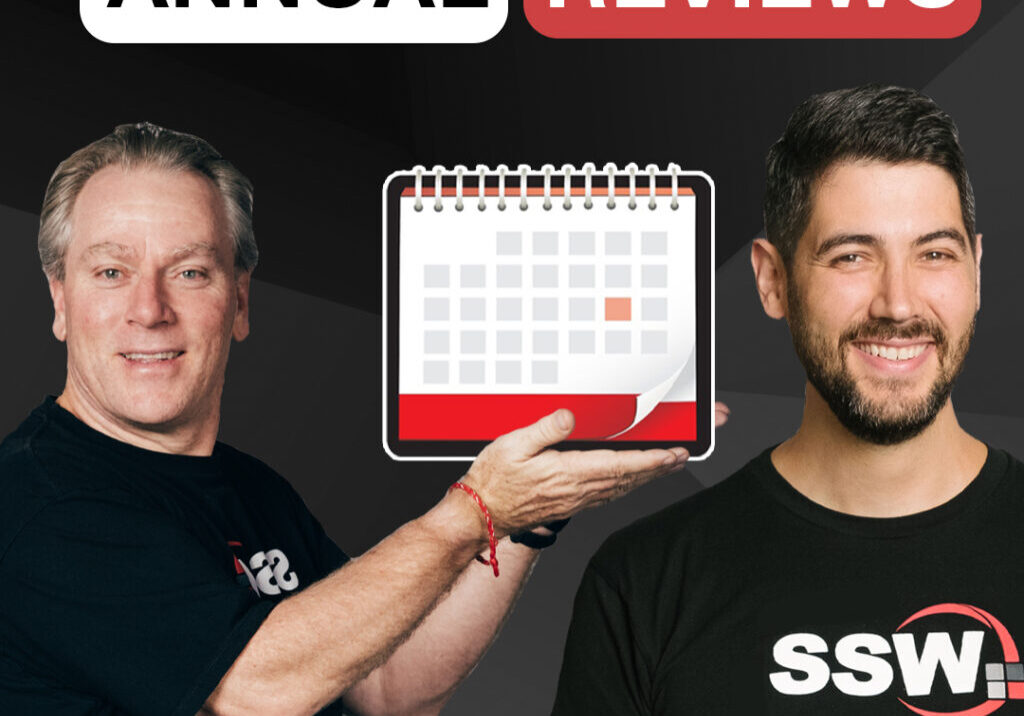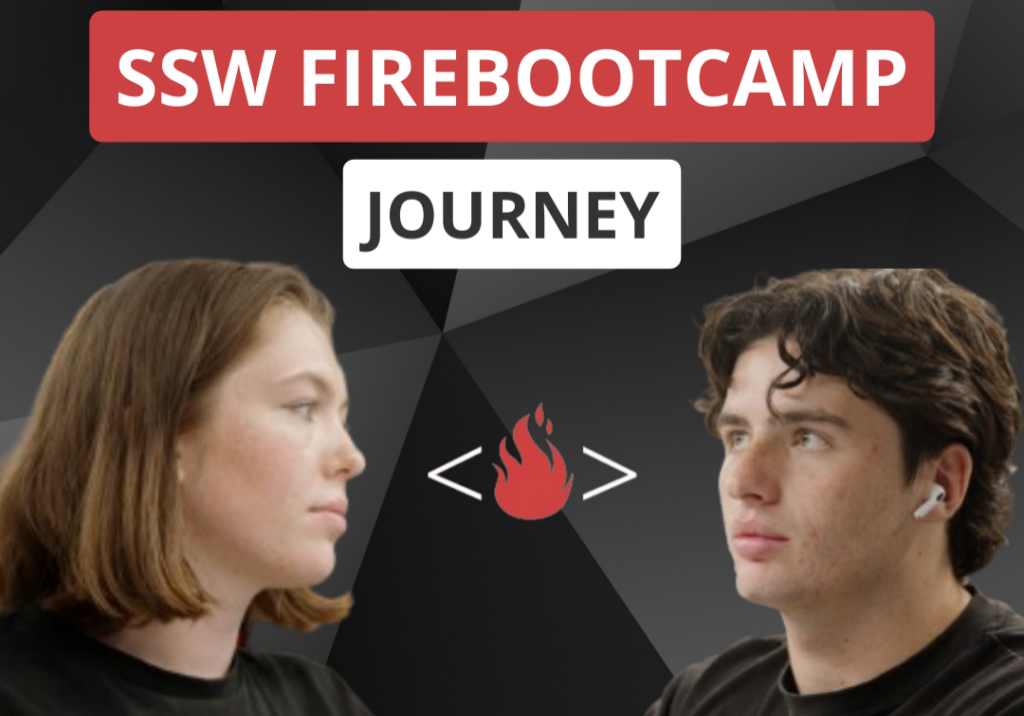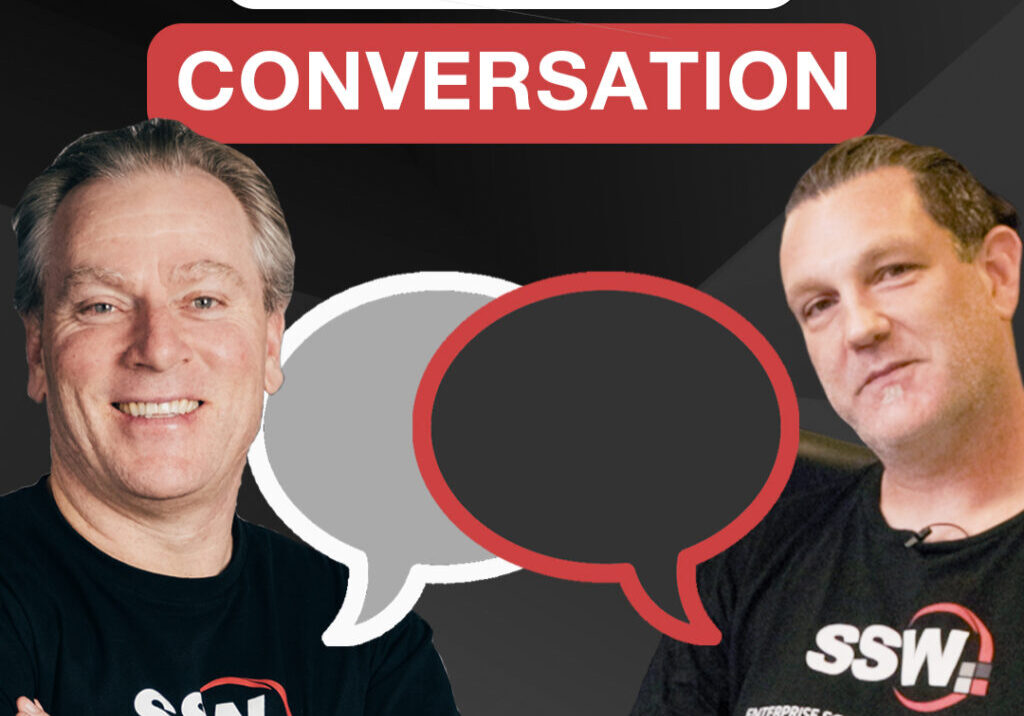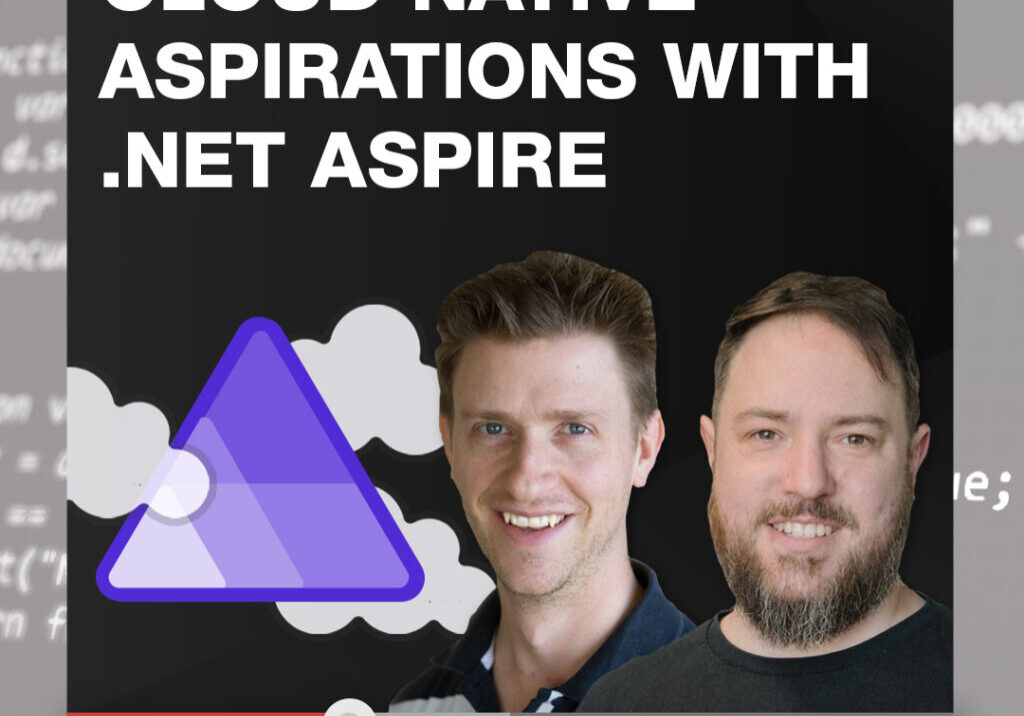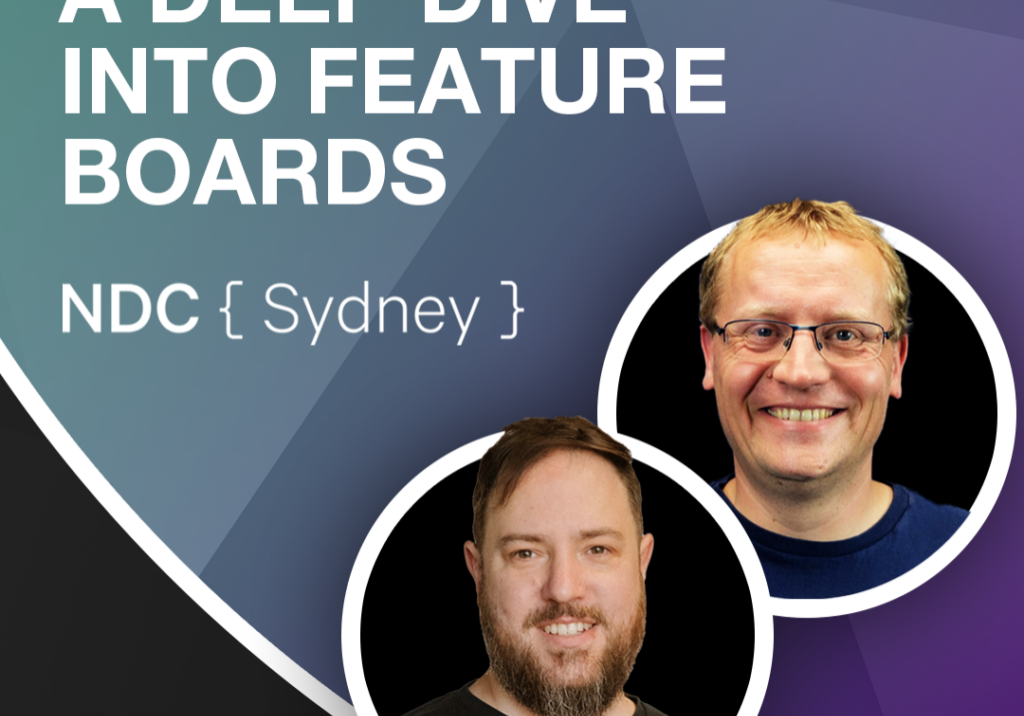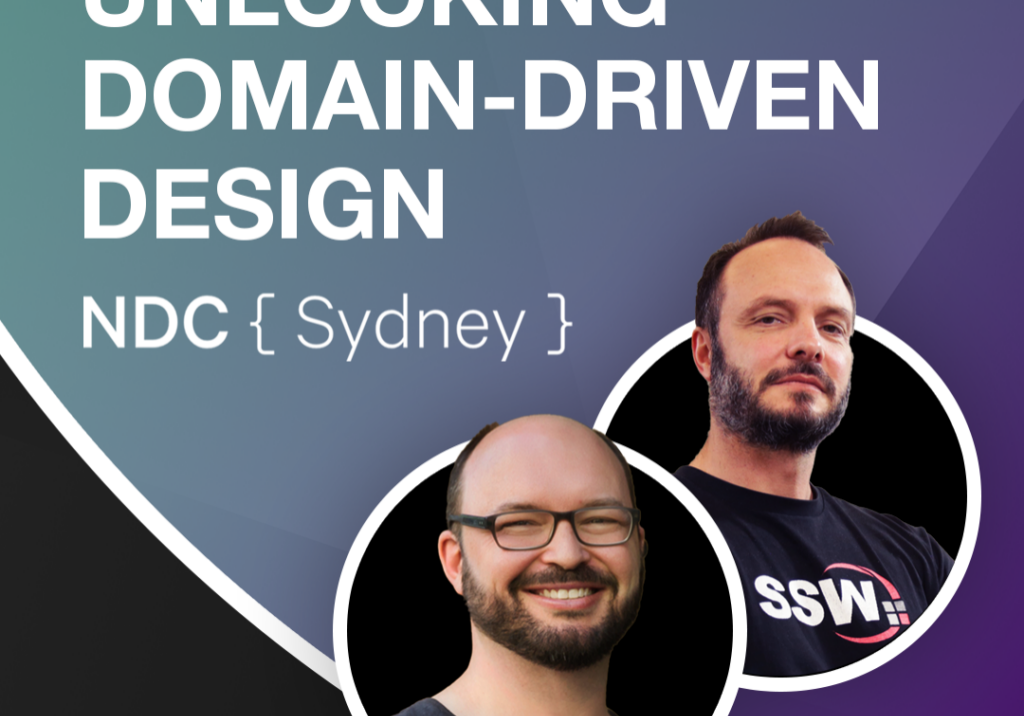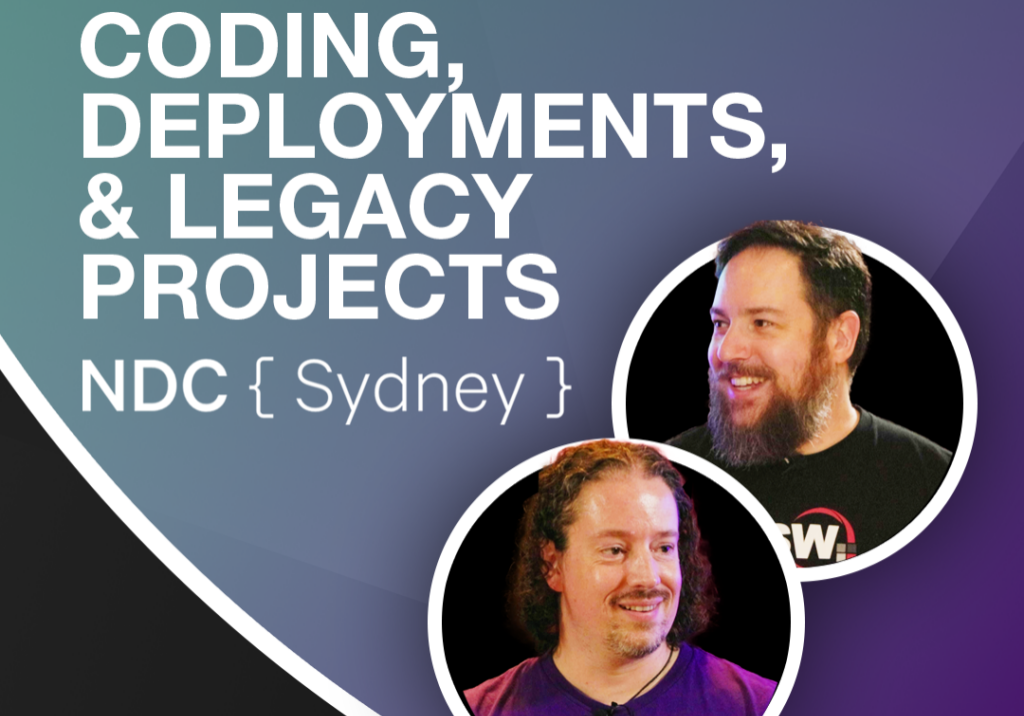Scrum is a hot topic of discussion for many IT professionals.
The Scrum Guide defines the Daily Scrum (aka Daily Stand-Up) but does not prescribe a way to implement it. Every team is different and not everyone implements the Daily Scrum in the same way.
In this video see a team at Microsoft (who are building the Agile project management tools used by millions of developers), perform their Daily Scrum. Commentary provided by Adam Cogan.
In the video, you will see:
- Tips from Adam Cogan on how to perform a Daily Stand Up
- How the members of the Scrum Team use technology (www.tfspreview.com) in their Daily Scrum
- Why the teams do their Daily Stand Ups in a hallway
- The role of the Project Manager and the Product Owner
- Adam discusses the Product Managers’ decision to move an item of the Sprint and swap it with another item
Long Version
Show Notes
- Tip #1: Have your Scrum Master review the Sprint Progress at the end.
- Tip #2: Keep a schedule of the Daily Scrum times on a wall + have a recurring appointment in Outlook.
- Tip #3: Keep to the schedule. Same place, same time (and start even if people are missing).
- Tip #4: Do you update tasks before the Daily Scrum?
- Tip #5: Don’t go into detail.
- Tip #6: No phones + no checking email. No distractions
- Tip #7: Use a task board (even better use and electronic one)
- See more of the above tips at sswtv.wpengine.com/DailyScrum
- You will notice they say ‘Park That’ which follows Tip #8
- In the original Scrum Guide, a ‘Chicken’ is someone who doesn’t talk at the Daily Scrum. Note: Scrum 2011 deprecated the terms ‘Pigs and ‘Chickens’
- In Scrum, the Burndown Chart shows your progress and whether you’re on track.
- “Dog-Fooding” refers to ‘using your own beta software in production, as you are making it’. It’s just like eating the dog food you make.
- Check out the ‘8 Steps to Scrum’ guide at 8 steps to Scrum
- For more information about SSW Scrum Consulting go to www.ssw.com.au/ssw/consulting/Scrum.aspx
About the speakers
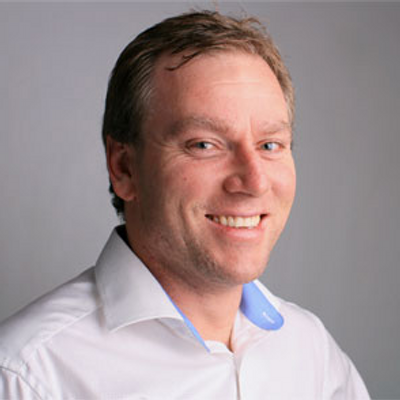
Mr Scrum Master
Adam Cogan is the Chief Architect at SSW, a Microsoft Certified Gold Partner specializing in custom .NET, SharePoint, Business Intelligence, and CRM solutions. At SSW, Adam has been developing custom solutions for businesses across a range of industries such as Government, engineering, banking, insurance and manufacturing since 1990 for clients such as Microsoft, Worley Parsons and Aurecon.

